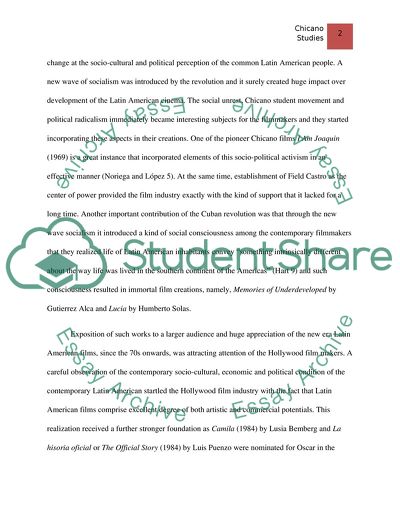Cite this document
(The Society, Politics, and Women in Chicano Films Movie Review, n.d.)
The Society, Politics, and Women in Chicano Films Movie Review. https://studentshare.org/visual-arts-film-studies/1746615-chicano-study
The Society, Politics, and Women in Chicano Films Movie Review. https://studentshare.org/visual-arts-film-studies/1746615-chicano-study
(The Society, Politics, and Women in Chicano Films Movie Review)
The Society, Politics, and Women in Chicano Films Movie Review. https://studentshare.org/visual-arts-film-studies/1746615-chicano-study.
The Society, Politics, and Women in Chicano Films Movie Review. https://studentshare.org/visual-arts-film-studies/1746615-chicano-study.
“The Society, Politics, and Women in Chicano Films Movie Review”. https://studentshare.org/visual-arts-film-studies/1746615-chicano-study.


